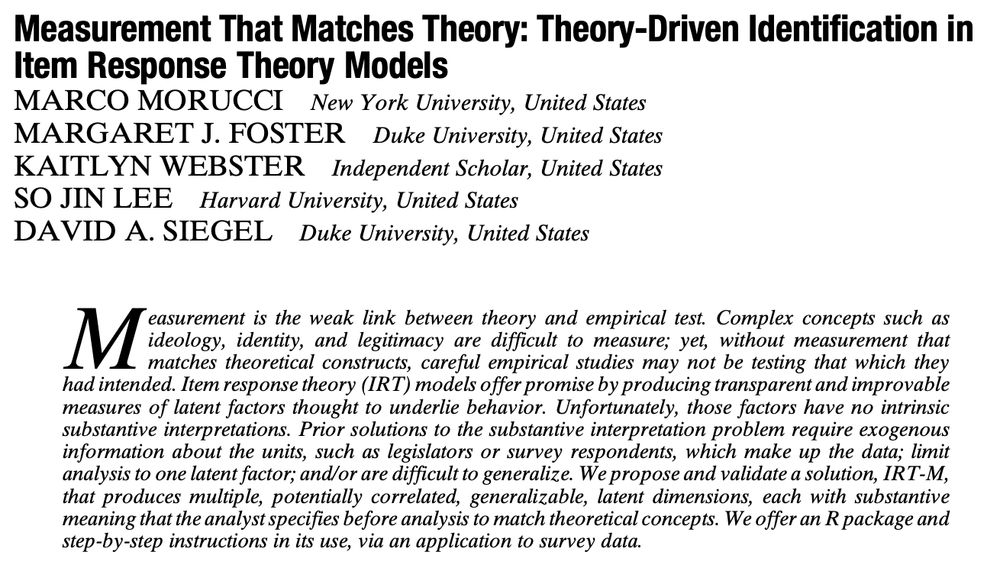

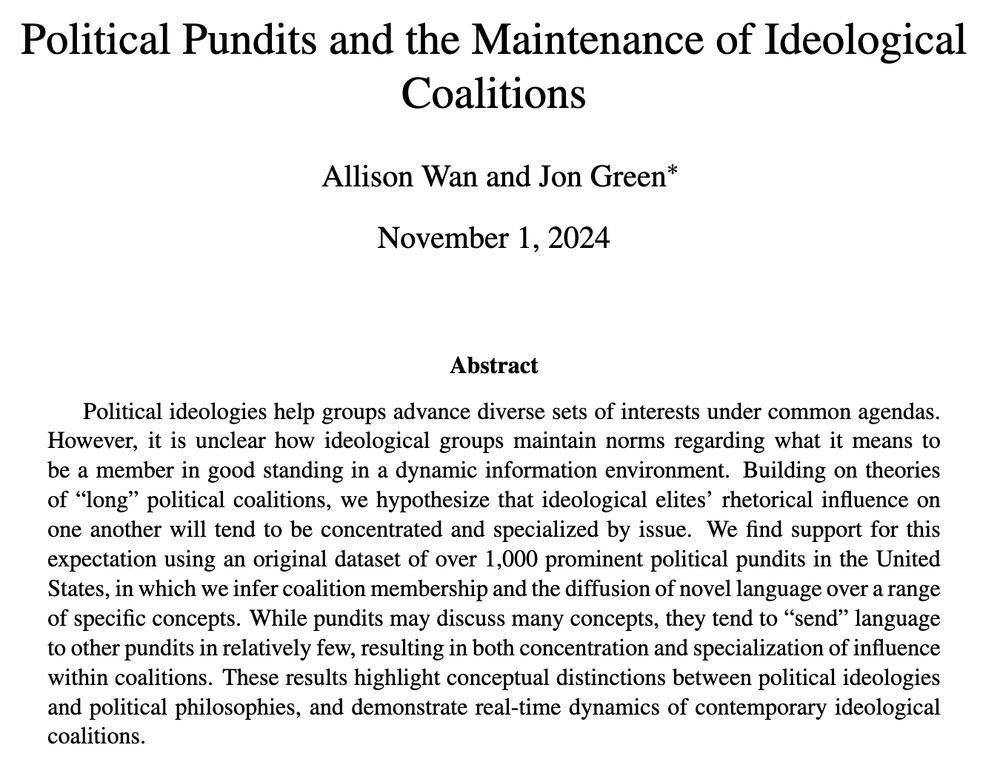
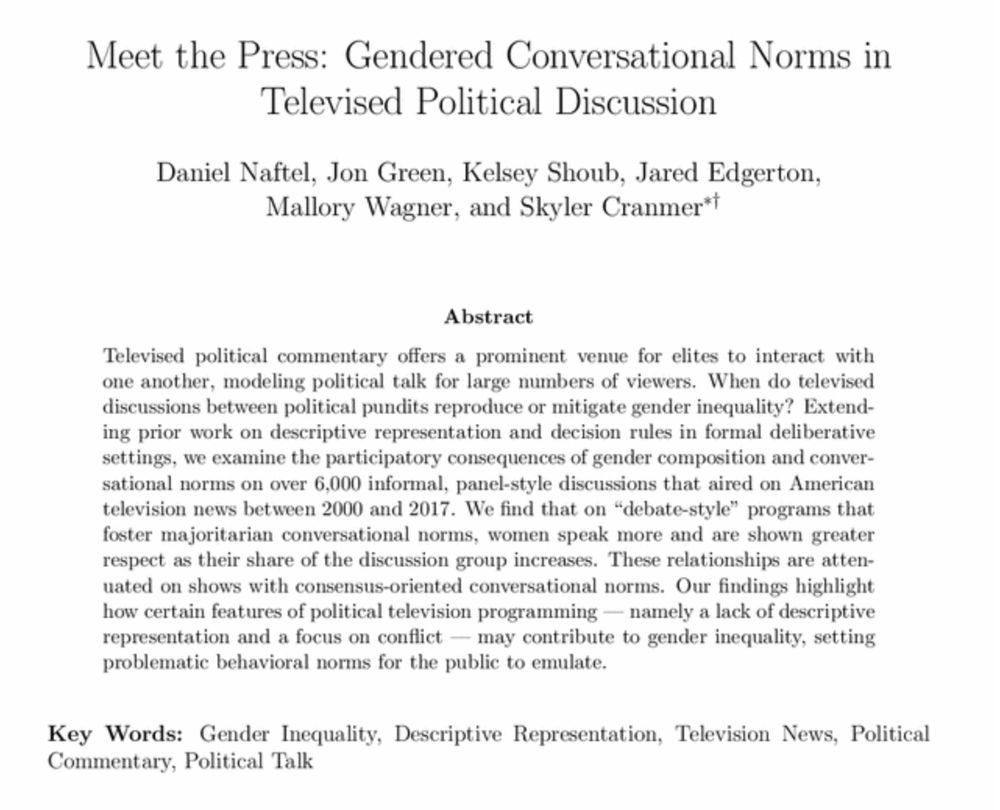
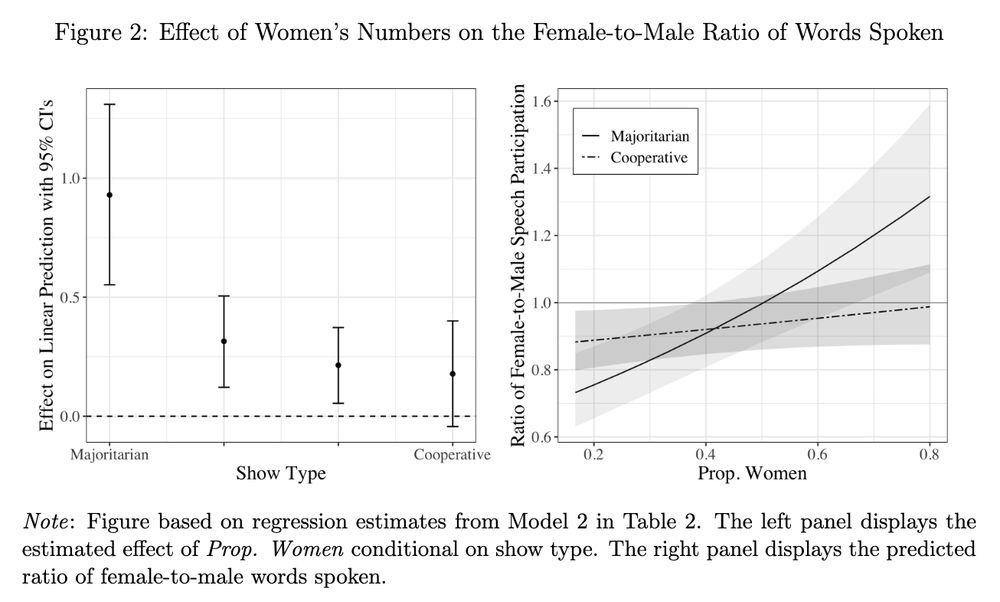
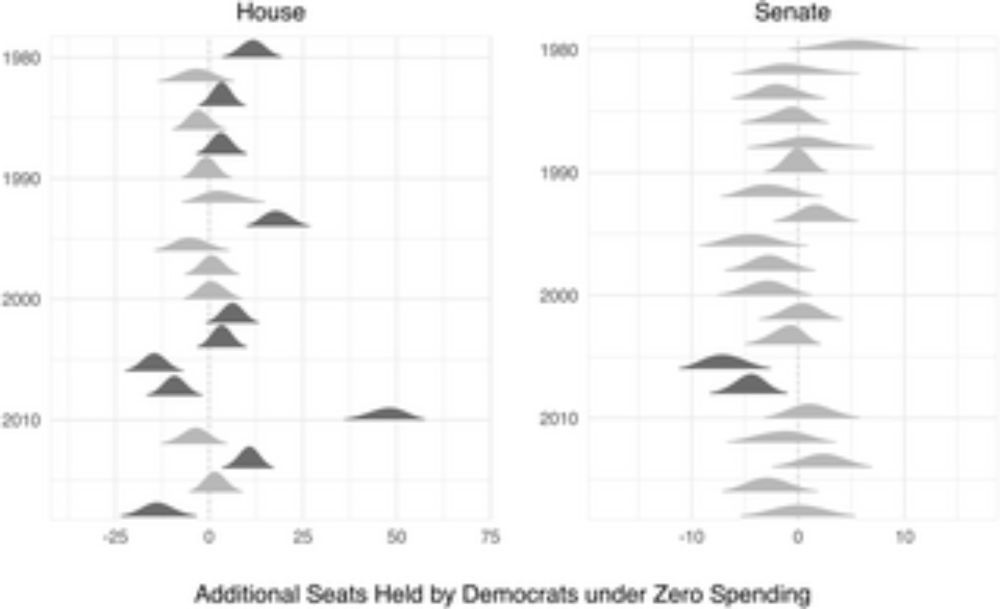
- less misinfo for remaining users who had followed deplatformed users to circulate
- some remaining users voluntarily exited
www.nature.com/articles/s41...
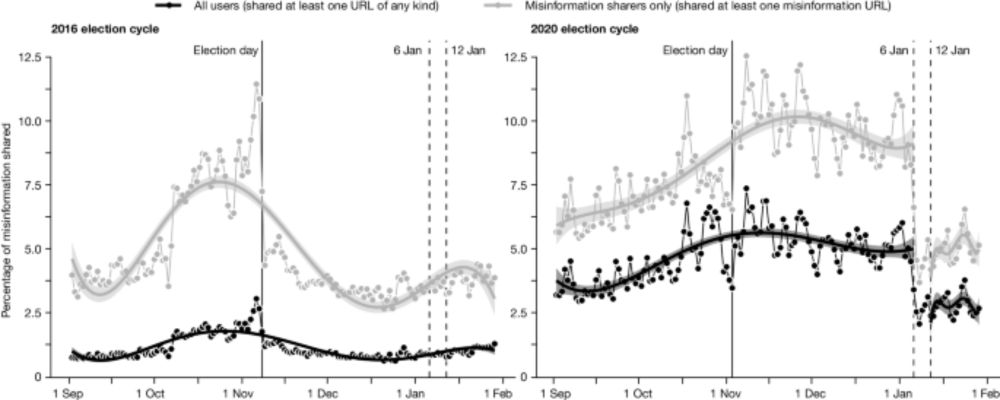
- less misinfo for remaining users who had followed deplatformed users to circulate
- some remaining users voluntarily exited
www.nature.com/articles/s41...
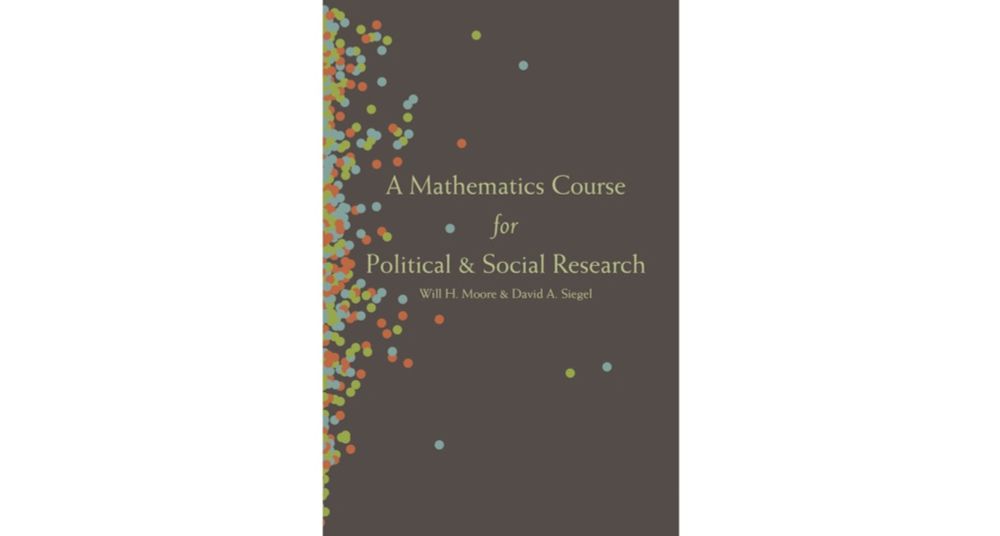
employment.marquette.edu/postings/20284
employment.marquette.edu/postings/20284
If you're looking for an alternative to the two week "math camp" with which many social science programs start, I put together an online, work-at-your-own-pace-over-the-summer version here: daveasiegel.com/teaching/math-course. Happy to answer questions about it.
If you're looking for an alternative to the two week "math camp" with which many social science programs start, I put together an online, work-at-your-own-pace-over-the-summer version here: daveasiegel.com/teaching/math-course. Happy to answer questions about it.
rachaelmeager.substack.com/p/finish-you...

